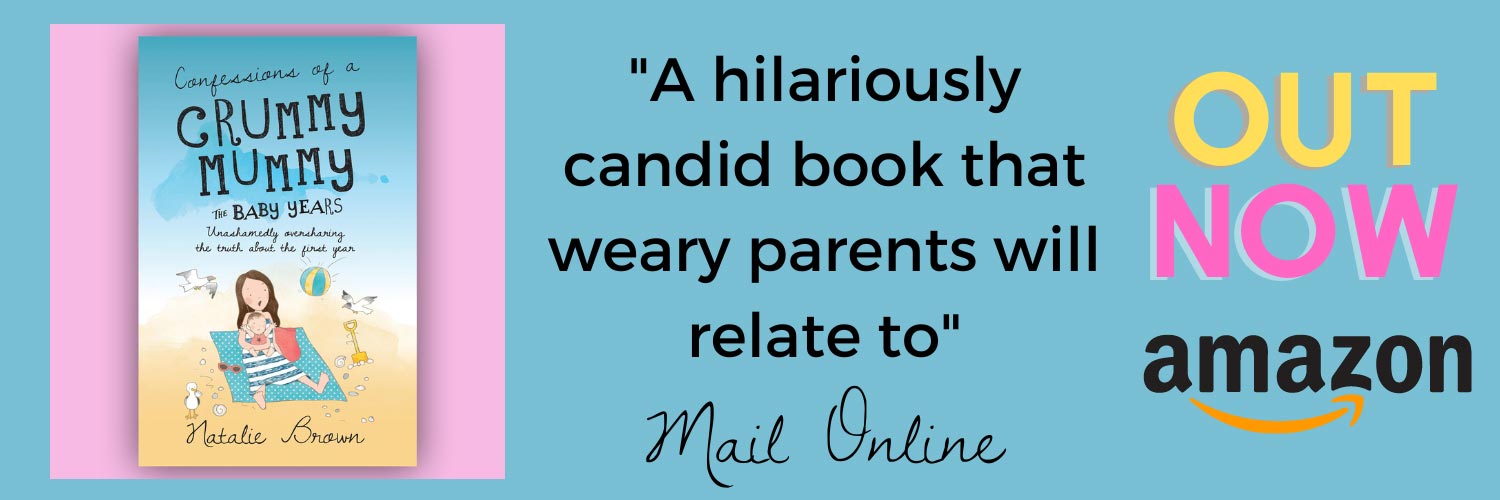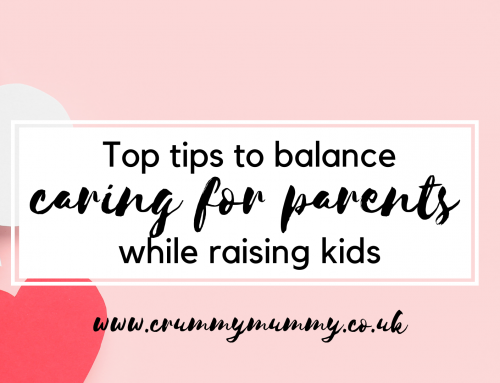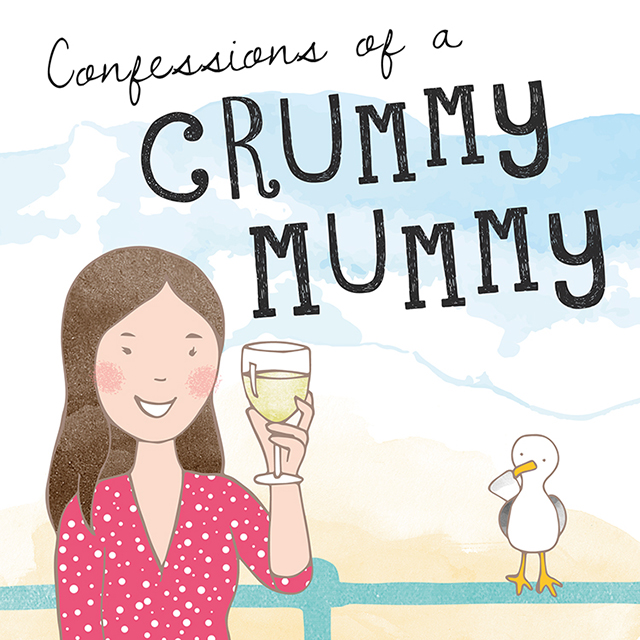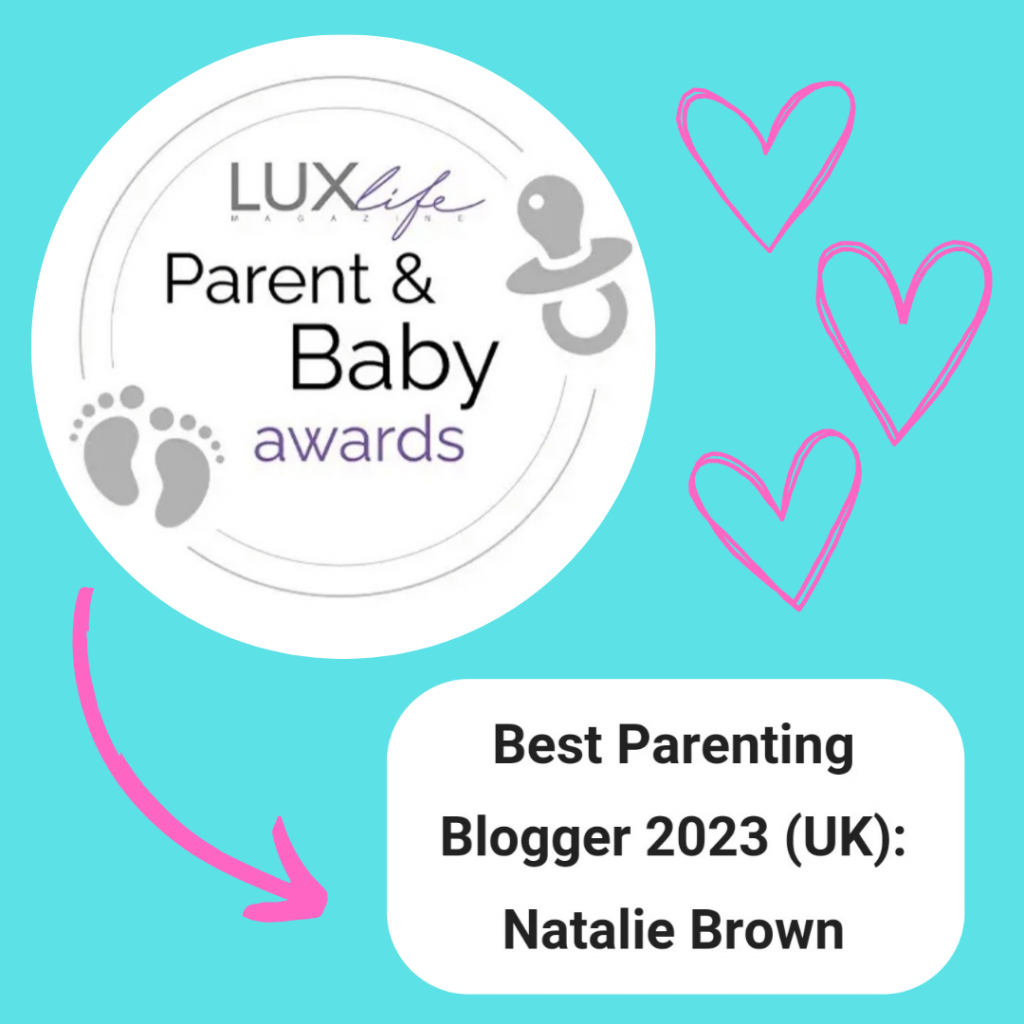 As a journalist I meet all sorts of people from all walks of life. This week I met a mum, Hannah, who had the blood from her baby’s cord, which is rich in stem cells, harvested at birth and cryogenically frozen in case it comes in handy during later life.
As a journalist I meet all sorts of people from all walks of life. This week I met a mum, Hannah, who had the blood from her baby’s cord, which is rich in stem cells, harvested at birth and cryogenically frozen in case it comes in handy during later life.
It might sound like something out of a science fiction movie, but more and more parents are using private stem cell banking to preserve the potentially life-saving cells which are otherwise thrown away. Are they wacky, or actually rather wise?
Hannah’s baby daughter Lola has a congenital heart disease and while her parents don’t know whether stem cells could help her condition in the future, given the advances in medicine involving stem cells they thought better to be safe than sorry.
I know what she means. Misery Guts has Type 1 diabetes – we don’t know why, he developed it as a child – and we don’t yet know whether BB and Little B will inherit the condition. He injects insulin four times a day because his pancreas doesn’t produce any and he has to test his blood repeatedly to check his blood sugar levels are what they should be.
As recently as October – the month Little B was born – there was a major breakthrough in finding a cure when experts used stem cells to create insulin-producing beta cells in large quantities for the first time, meaning human transplantation trials could be underway in a few years.
So, potentially, a Type 1 diabetic born today could be cured in their lifetime with the help of stem cells. And if those stem cells are an exact DNA match to the patient, even better. Leukaemia and sickle cell disease are others that can be treated with stem cells, and who knows what in the future.
Stem cell banking companies now have stands at places like the Baby Show, and one company I spoke to, Precious Cells, says it’s seen a 269% rise in enquiries from expectant parents in the last year.
In 10 years’ time harvesting them at birth will probably be common practice – four NHS hospitals are now doing it, including Derriford Hospital in Plymouth which opened a £3m centre in 2013.
Isn’t it amazing?
You can read Hannah’s story in a feature I wrote for Mail Online here
If you like what you read please like our Facebook page by clicking on the icon in the top right hand corner of this page!

























Leave A Comment